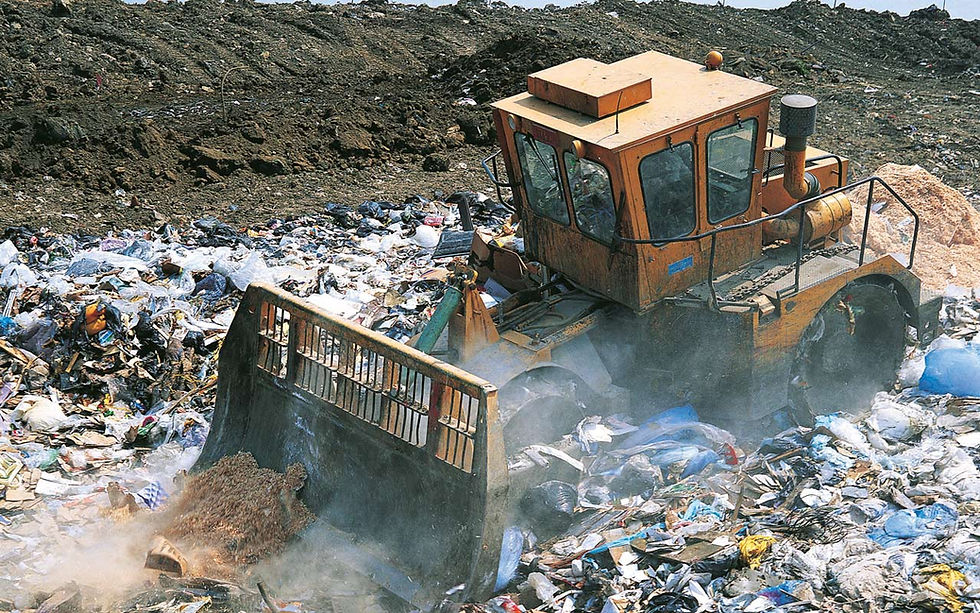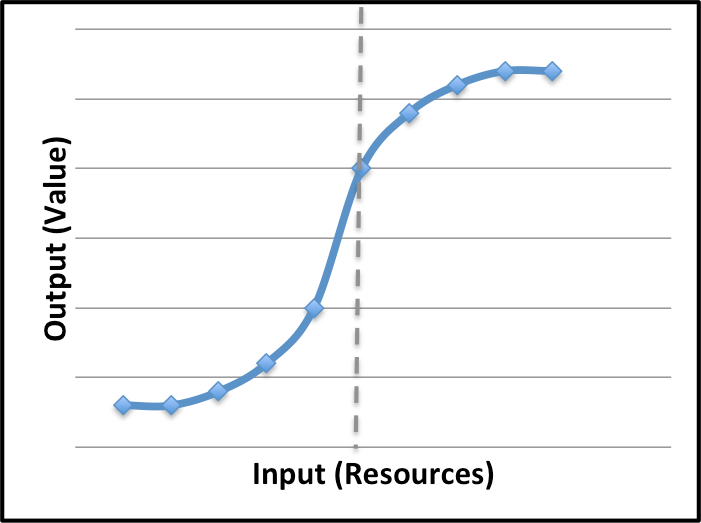Why Settle for $1,000 When You Could Have $1,000,000?
- The Process Maven
- Jul 18, 2017
- 5 min read
Why do we settle for less than the optimum we are capable of getting? In business, in personal finances, in life? For business and finances, this is the equivalent of rolling down the windows and letting the cash bills just fly effortlessly out into the breeze. If you owned a company and I told you that you could make $1,000,000 per year instead of $1,000 per year, why would you turn me down?!?! You definitely should not. Unless you are off your rocker. I'm here today to explain why and how this is true. Oh have I got a treat for you!

If you've read my posts on Value-Based Thinking and The Fine Art of Prioritizing, you have developed an understanding of the value of the projects and activities that already exist in your daily work as well as how to rank and prioritize them. Hooray! Take a moment to celebrate your achievement and the rewards it will bring you. (Note to self: Good topic for a future blog post). Okay. You are not done though- There are still LARGE carrots of success you can continue to go after!
The goal of this post is to equip you to better identify and remove waste in your project work flows and pursuits. Day in and day out. You'll be quite surprised how much of it is out there when you actually start looking. We will cover the definition of waste, tips for recognizing waste, and mindsets you should seek to sharpen. The hope is that you ultimately become a perpetual refinement expert, achieving ever-increasing returns for your business, your career, or your life. If you become an expert at removing waste, I guarantee you can make $1,000,000 somewhere - be it at your company, in your business, or at home. I must mention that the work to remove work is not easy, or quick, or sexy. It is however endlessly rewarding (dare I say exponentially rewarding??) and will set you far and above your peers, who don't want to take the time to fix broken things but only to create new broken things. You will need discipline, focus, and a few of the handy tools I'll teach you today.

What Is Waste?
To begin, let's align ourselves on what we consider as waste. The definition I consider is this (straight from the noggin' of Yours Truly):

Waste (n) -
A misuse of resources (time, money, tools) achieving sub-optimal returns on value.
I hate writing posts without any use of cool graphs or tables, because as I've mentioned before, I'm the nerdy engineering calculator type. This misuse of resources I oh-so-cleverly defined above can be viewed on a graph of value output versus resource input. Theoretically, there is an optimum point at which you achieve the maximum possible returns for your input - this is the point at which your returns begin to level off.
I'd like to take a side note here and just say how much I love the word "optimum". Doesn't it have such a nice ring of success and achievement to it? A comforting sense of finality based on facts. Always seek to find the optimum!
On the left side of this point, you have an opportunity to increase inputs and achieve more value. On the right side of this point, you are not getting additional value for any resources you put in. If you remember high school calculus- ahh the sweet blissful word, when we take the derivative of our value vs. input plot, essentially plotting our change in value over our change in input (slope), we should get something that looks similar to a distribution, where we can clearly see the point at which we get diminishing returns on our investment. I view the left and right portions of this plot as "waste", in the idea that we are achieving sub-optimal returns in accordance to our definition of waste. If I've lost you at this point because you absolutely abhor calculus and any related topic, which is quite possible since calculus-lovers like myself seem to be in the minority these days, suffice it to say you always want to achieve the maximum possible returns for your inputs. Anything less is wasteful and is literally throwing gobs of money in the garbage truck as it comes by on Mondays to pick up your trash. Dumb.


Mental Shifts
Whew! After the strenuous and painful math lesson we just completed, I figured I'd shift to a softer, cushier discussion for the math pansies among us. (Take no offense, as you math pansies are probably much better at history, or art, or languages than us math geeks. Everyone has their "thing".) After comprehending what waste is, you must next learn to train your mind to apply it consistently. I believe there are four characteristics that encompass this mindset shift:
1. Chronic unease -
You must have a relentless distaste for waste and a drive to remove it. Some have this characteristic innately, and others must develop it with work. All should seek to polish it.
2. Creativity -
You must employ thinking outside of the box to unearth new solutions for waste that you observe.
3. Simplicity -
The most straightforward solutions often have the best chance of success. A push for simplicity is important.
4. Patience-
It takes considerable work to remove work. This is a tried and true rule. Consider the compounding annual returns you see in the waste you've removed, and you will begin to appreciate the work it takes on the front end. Lazy people can't be experts at continuous improvement. Nor can they be CEOs. Or millionaires. Choose your path.
I recommend writing down these mindset characteristics, along with 3 ways you can apply each. Focus on one a week or one a month, and repeat as necessary.
Identifying & Removing Waste
The last tool to learn is how to spot waste and what to do with it once found (kind of important right??). You can download the Driving Out Waste handout from my Downloads page that presents 25 questions you may ask yourself to help you identify and remove waste. I recommend a 7-step process, as outlined in the handout.

Step 1: List Major Activities
Step 2: Assign Inputs to Activities
Step 3: Assign Outcomes to Activities
Step 4: Rank Major Activities by Inputs & Outputs
Step 5: Label Activities with Suspected Issues
Step 6: Prioritize Which Activities to Assess Deeper
Step 7: Perform Deeper Analysis of Selected Activities
As part of these 7 steps, you will utilize an input/output matrix, shown below. This matrix will assist you in finding problem areas, and narrowing down those activities to focus on improving first. You are prioritizing which projects you will streamline, giving yourself the best chance at achieving the highest return value- There is that idea of an "optimum" again! The last step, Step #7, may harness problem-solving tools or process improvement rationale. Both good topics for future blog posts, so keep your eyes peeled.

Close
I hope I have made a motivating, clear, and potentially humorous argument of the importance of continuous improvement in your work and life processes. You truly can make $1,000,000 fairly easily for your company or yourself by following these approaches. And what happens when you make $1,000,000 for your company? Very very good things like raises, bonuses, and promotions. Yippee!
Continuous improvement is a passion of mine. To me, it is endlessly fun to find areas of improvement or areas to optimize. I understand not everyone feels this way, others may need some ideas to get started, and still others just crave new information for the sake of learning new things. That is why I write this blog- to give a glimpse into my world and logic and motivation. I like the share the love. You too can find driving out waste fun and rewarding!
© 2017 by The Process Maven




Comments